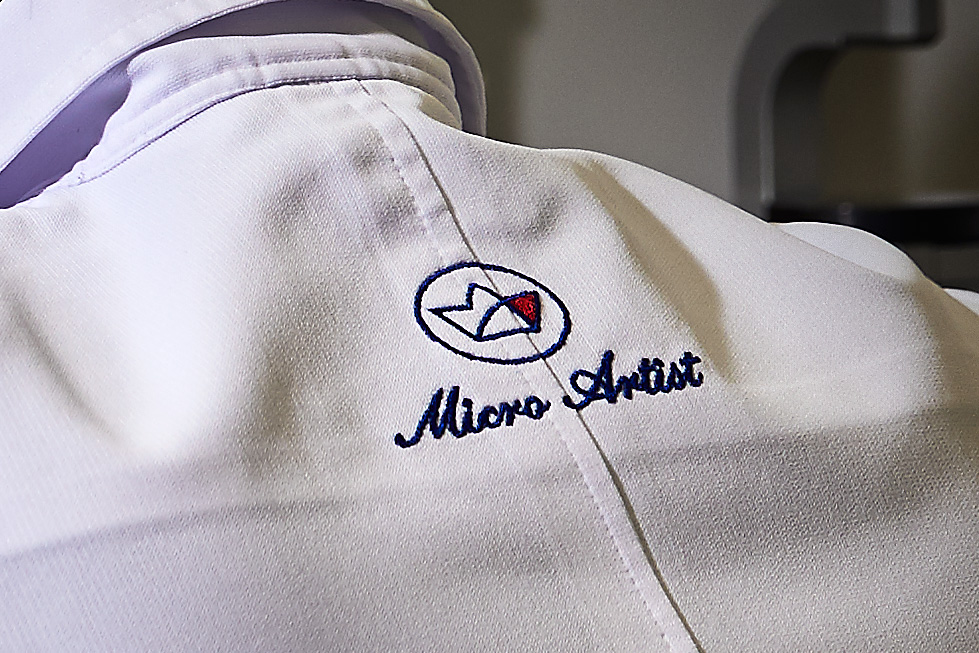
The Micro Artist Studio - The endless pursuit of timeless beauty that touches the heart < PART 1 >
Since its inception in 1960, Grand Seiko has pursued the very essence of a timepiece—accuracy, visibility, and a high level of beauty—and produced some of the finest quality watches in the world. Being a brand that believes in ceaselessly evolving, to aim even higher, it is necessary to seek for beauty to the utmost limit. Yet it also cannot be denied that the word “beauty” has a certain vagueness. How should we define the beauty of a watch? Does it move people’s hearts? Is it timeless in the true sense? Taking up the unprecedented challenge of attempting to find an answer to this grand question is the Micro Artist Studio, which produces Grand Seiko’s Masterpiece Collection. To explore the charms of the new models featuring Caliber 9R02, released to mark the 20th anniversary of Spring Drive, we spoke with Osamu Takahashi in charge of movement design and Kazunori Hoshino in charge of planning and design. First of all, let us begin from the origins of the Micro Artist Studio.
It began with the enthusiasm of just one craftsman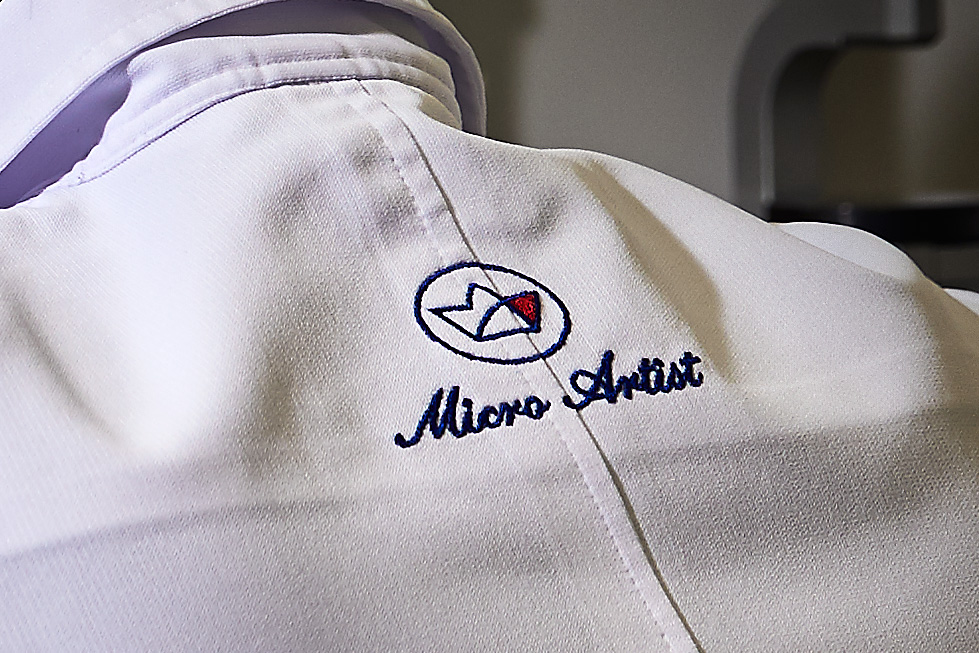
Based on its mission to uncover and hone technical skills related to the manufacture of luxury watches built by our predecessors, and pass them on to the next generation, the Micro Artist Studio was established in 2000 as a special department of Seiko Epson, headquartered in Shinshu (Nagano prefecture). From the 1970s onwards, when quartz watches focusing on production technology swept the market, the production and technical development of mechanical timepieces inevitably stagnated for a long time. At the same time, however, with the new development of Kinetic watches, Kinetic chronographs, and a unique mechanism called Spring Drive, technical skills of mechanical timepieces became increasingly important. In anticipation of the future, uncovering and honing such skills became indispensable. “Now is the very time when we should inherit the innovative ideas and technical skills of our predecessors”—driven by the passion of the craftsman, Kenji Shiobara, the Micro Artist Studio got started.
When the Studio was established, Shiobara accumulated know-how through unique methods, such as taking apart and then reassembling past mechanical timepieces. The reason he never lost hope despite repeated trial and error was that he had a clear vision of the technical skills that should be inherited. When seeing parts such as the gear wheel of a mechanical timepiece from the time of Grand Seiko’s inception, he was struck that they had not dulled and still gleamed even after 40 years. He says, “I was convinced that this was what we should leave for the next generation.”
Eventually, a team of elite technicians began to gather in the Studio, including watchmakers who were the world’s foremost exponents of mechanical timepieces. The Micro Artist Studio’s full-fledged challenge got underway.
The birth of the first Grand Seiko model in history, produced by the Micro Artist Studio
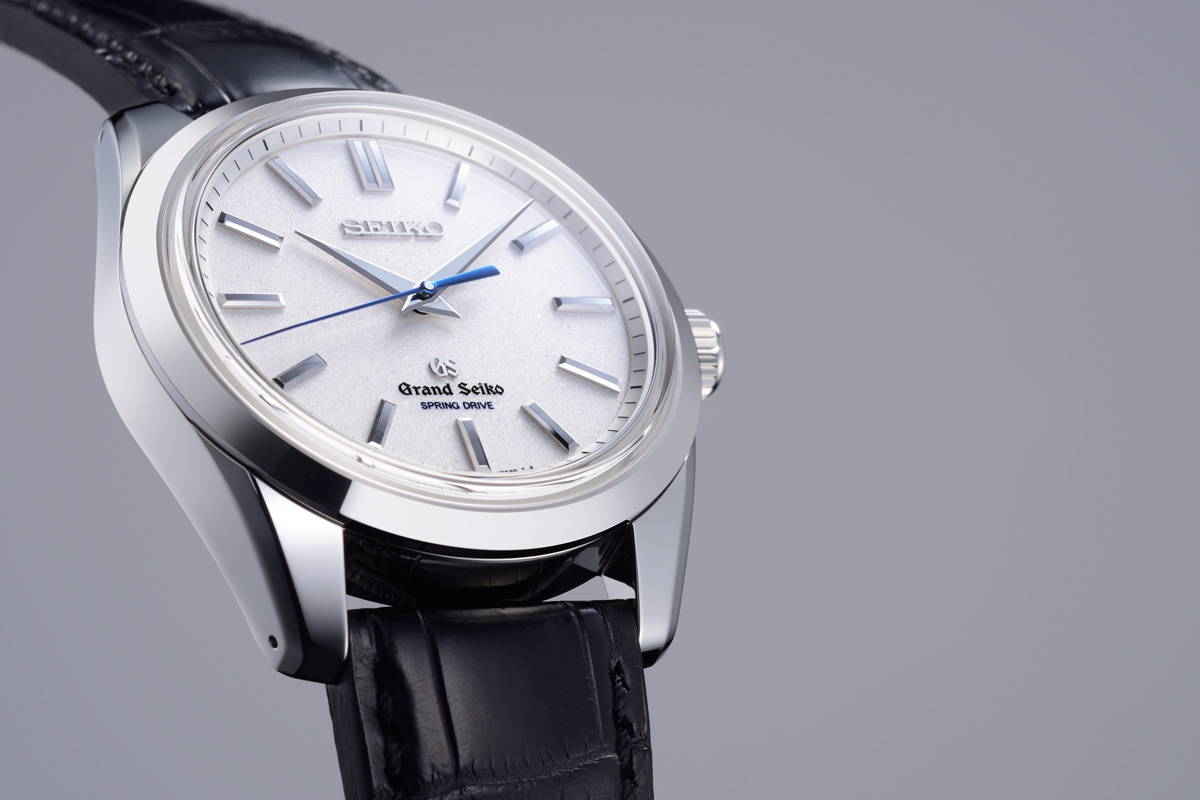
In 2016, the long-awaited first Grand Seiko produced by the Micro Artist Studio, “Spring Drive 8 Days,” was released. By linking a series of three barrels, Caliber 9R01, whose craftsmanship shines in every detail, adopts a triple-barrel construction that secures about three times the power source, achieving a maximum of eight days’ power reserve with Spring Drive.
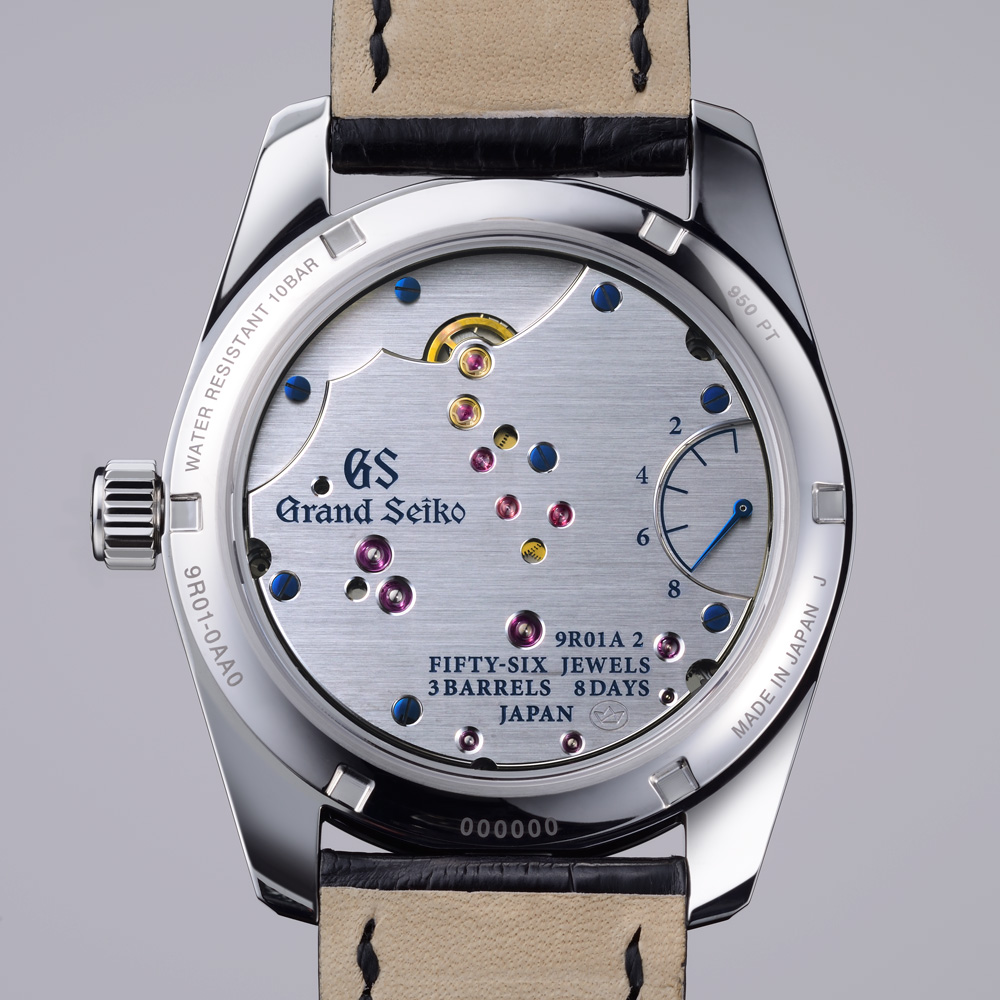
Caliber 9R01 uses an integrated “bridge,” which is rare in the world. By making its thickness about three times greater than any other Spring Drive movement (such as Caliber 9R65), processing precision is significantly improved. In addition, this unique system minimizes any dislocation of the gear axis or distortion in the event of a fall or other impact, and dramatically improves basic performance. What’s more, the see-through case back allows a clear view of the outline of Mt. Fuji traced by the bridge, and tempered blue screws and highly polished rubies evoke the streetlights of the city of Suwa, the pride of Shinshu.
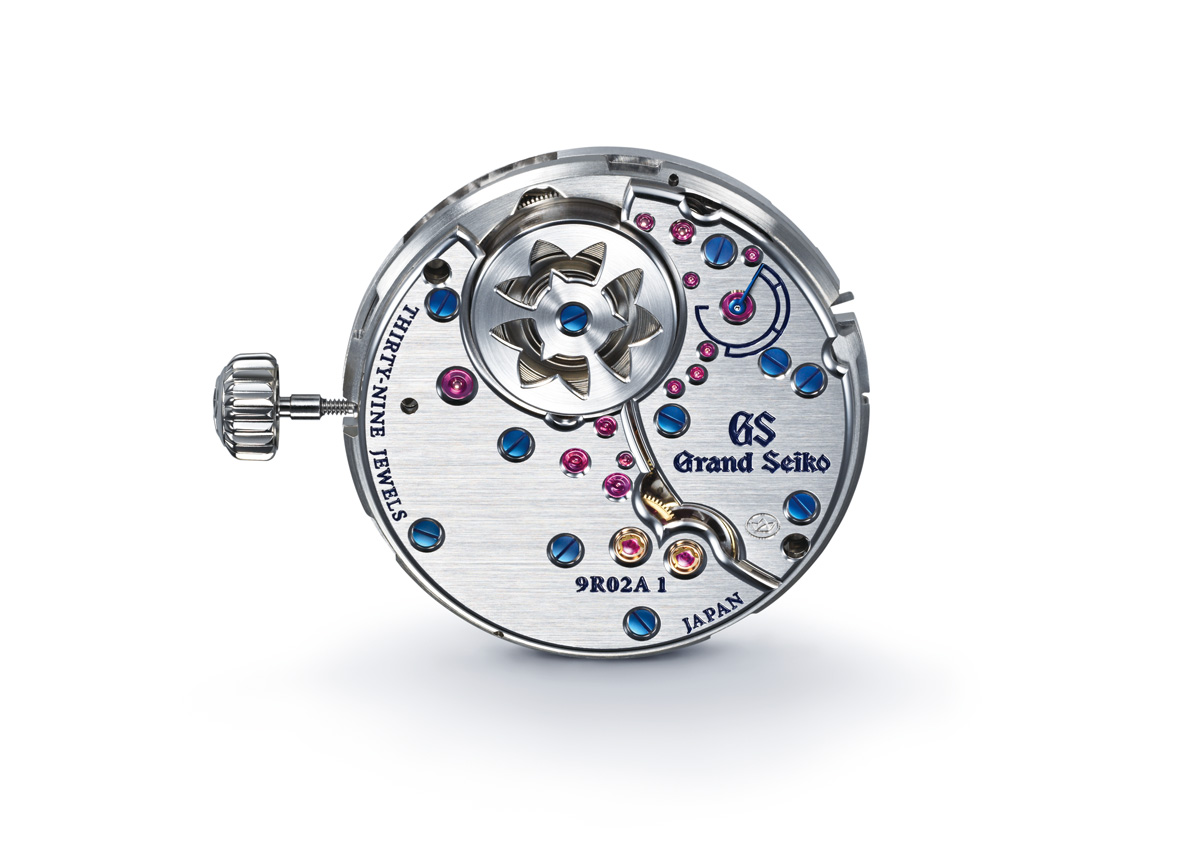
And in 2019, the Micro Artist Studio released an even more evolved masterpiece to mark the 20th anniversary of Spring Drive. The model features Caliber 9R02, a manual-winding movement achieving a power reserve of about 84 hours with Spring Drive, and dramatically expresses the natural beauty of Japan in the watch’s entirety. In Part 2, we feature an interview with Osamu Takahashi, who was in charge of the model’s movement design, in order to approach its essence, as well as the beauty and philosophy of the watch.
